Road Classes
Road class refers to the value we assign to a type of road in our network. In general, our routing will favor higher class roads whenever possible because of their ability to move larger amounts of traffic more efficiently. Here is the class hierarchy of our network:
| Road Class | Description | Example |
|---|---|---|
| 1 - Motorway/Interstate | Controlled access Motorways/Freeways/Interstates. The primary function of these roads is to move high volumes of vehicular traffic over medium to long distances at high speeds. Can be accessed only via access ramps. | 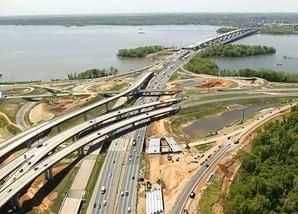
|
| 2 - InterstateNoRamp (Deprecated) | ||
| 3 - Major Highway/Divided | Major arteries that move heavy volumes of traffic at moderate speeds. Can be limited access in some areas but may also offer access from local roads. Usually have a barrier or median that prevents movement between lanes of opposing traffic. Medians may have crossovers that are part of the normal traffic pattern. Left turns are often restricted, both off of the highway and onto the highway. Usually multi-lane. Many but not all U.S. highways are in this class. | 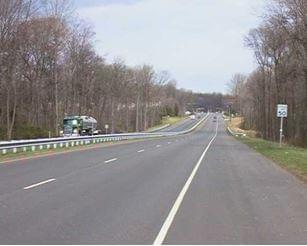
|
| 4 - Primary Highway | Move significant volumes of traffic at moderate speeds. Most state roads fall into this class. | 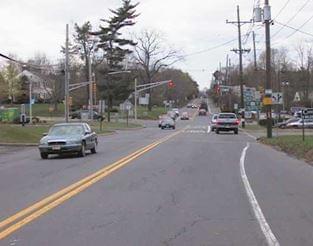
|
| 5 - Ferry | Ferry routes (boarding/exit time not included). | 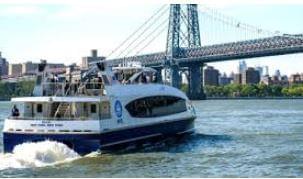
|
| 6 - Secondary Road | These roads move moderate volumes of traffic over short to moderate distances. Carry vehicles from local roads to higher class roads. | 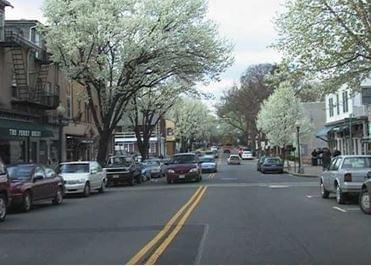
|
| 7 - Ramp | Connecting roads leading on or off of a main road or highway. | |
| 8 - Local Road | Function is to provide access to homes and properties. | 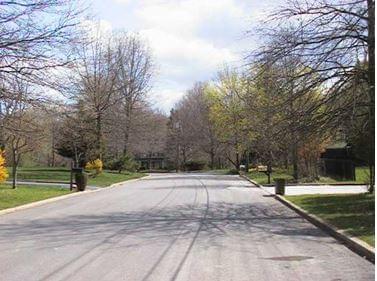
|
| 9 - Sub-Local Road | Roads accessible by vehicles but not suitable for through-routes, including alleys, driveways, parking lots, and service roads. | |
| 10 - Pathway | Pathways are accessible to pedestrians, bicycles, and small, lightweight motorized vehicles, like golf carts. They are not normally accessible by automobiles, trucks, buses, or motorcycles, except possibly in emergencies or for maintenance. |